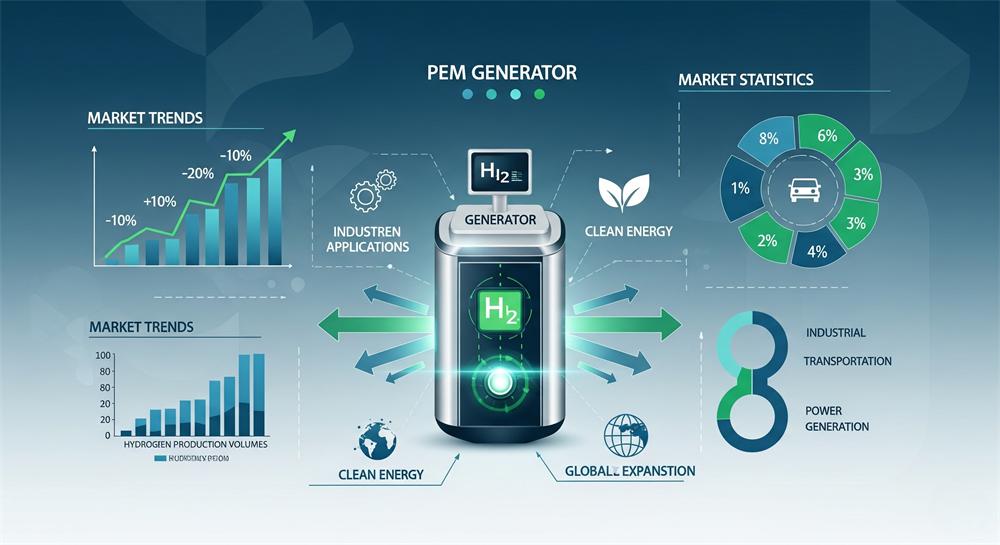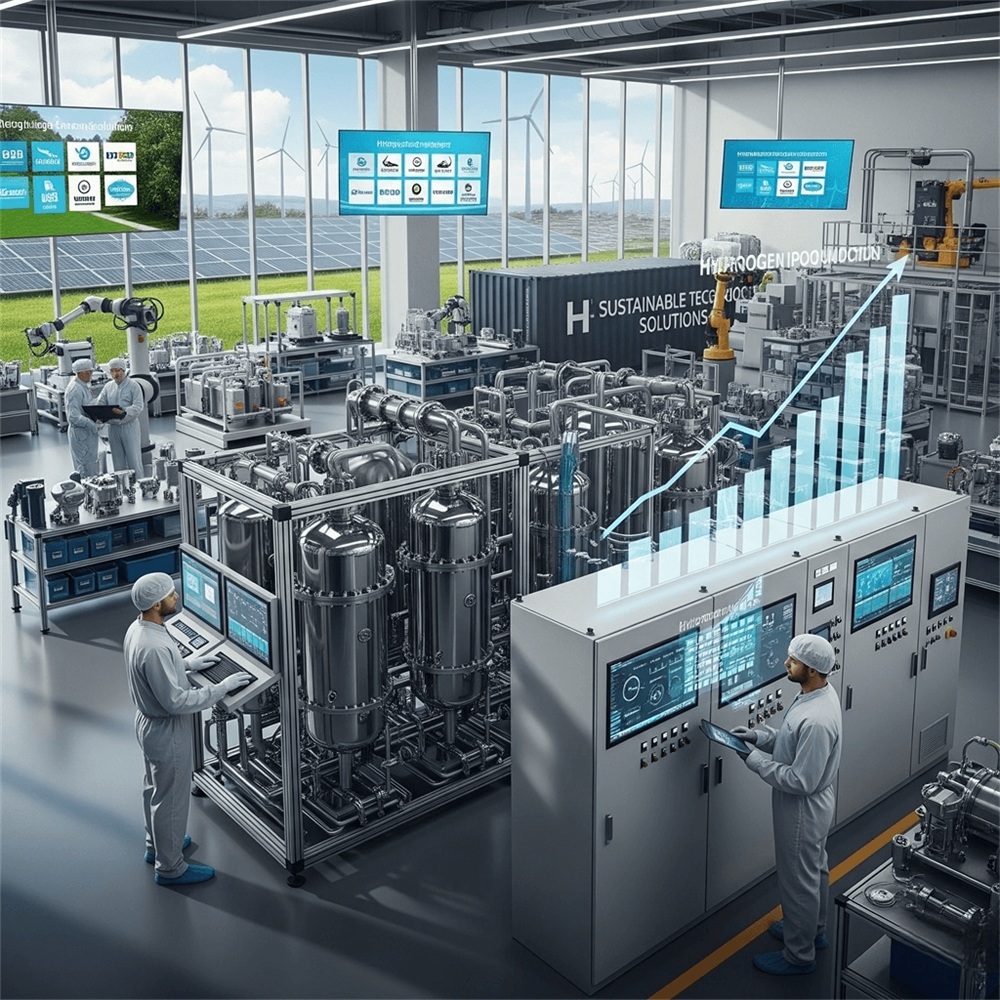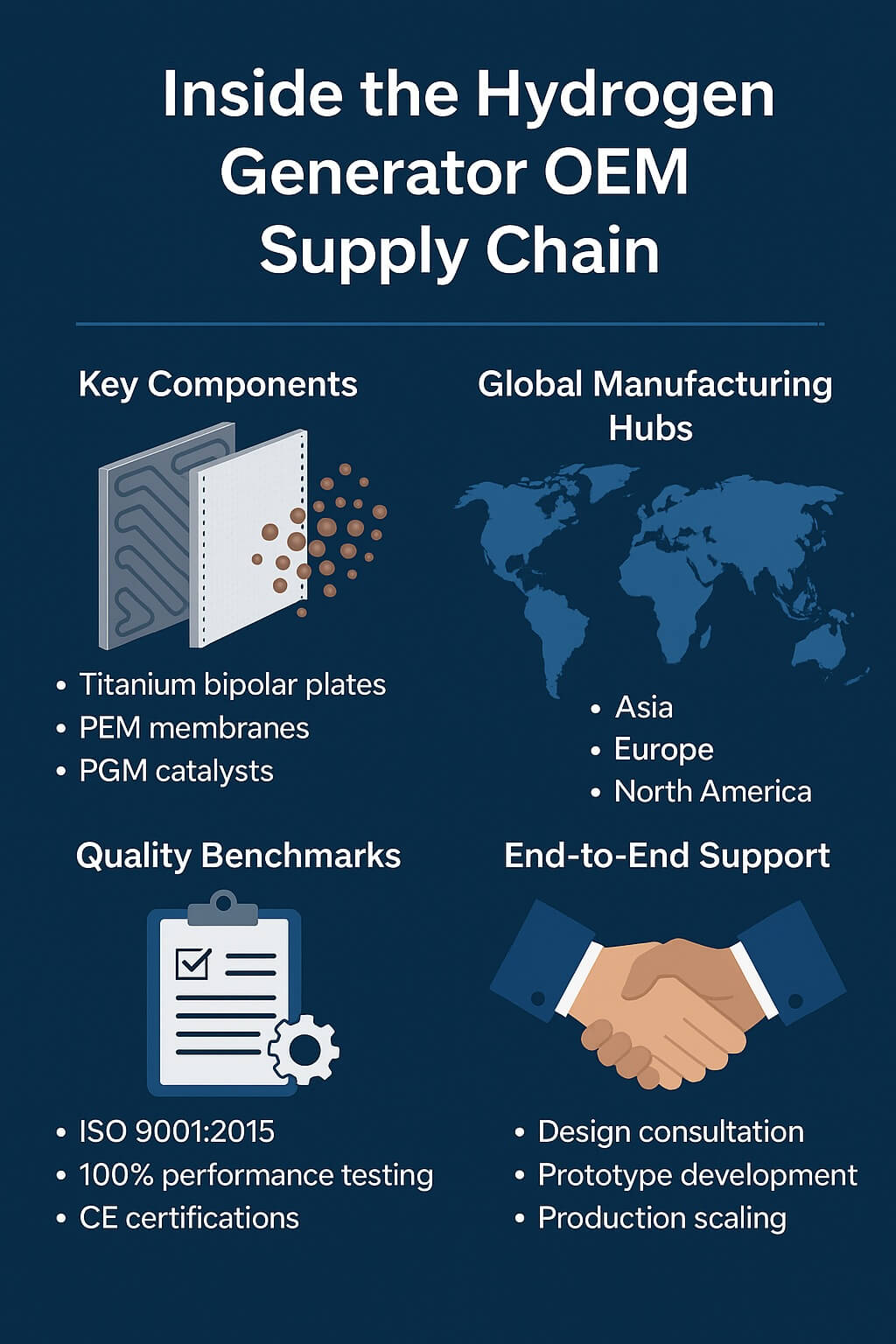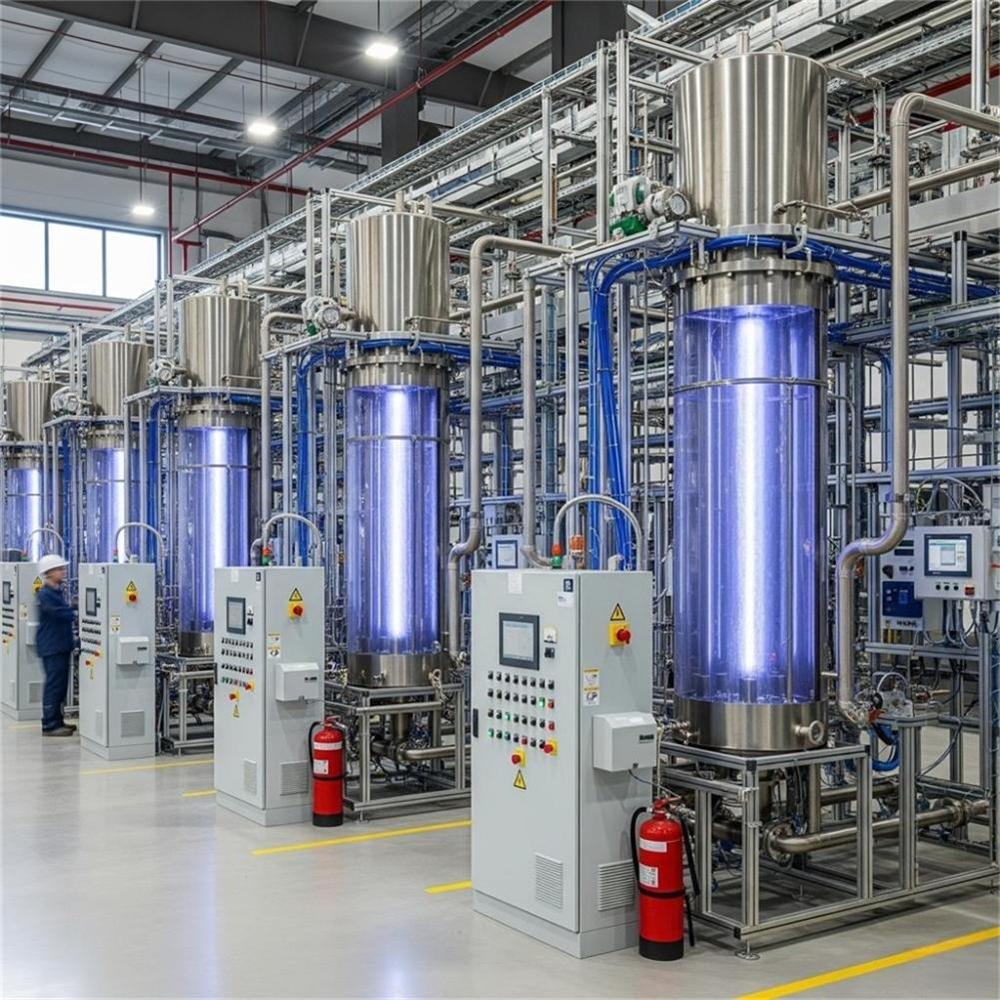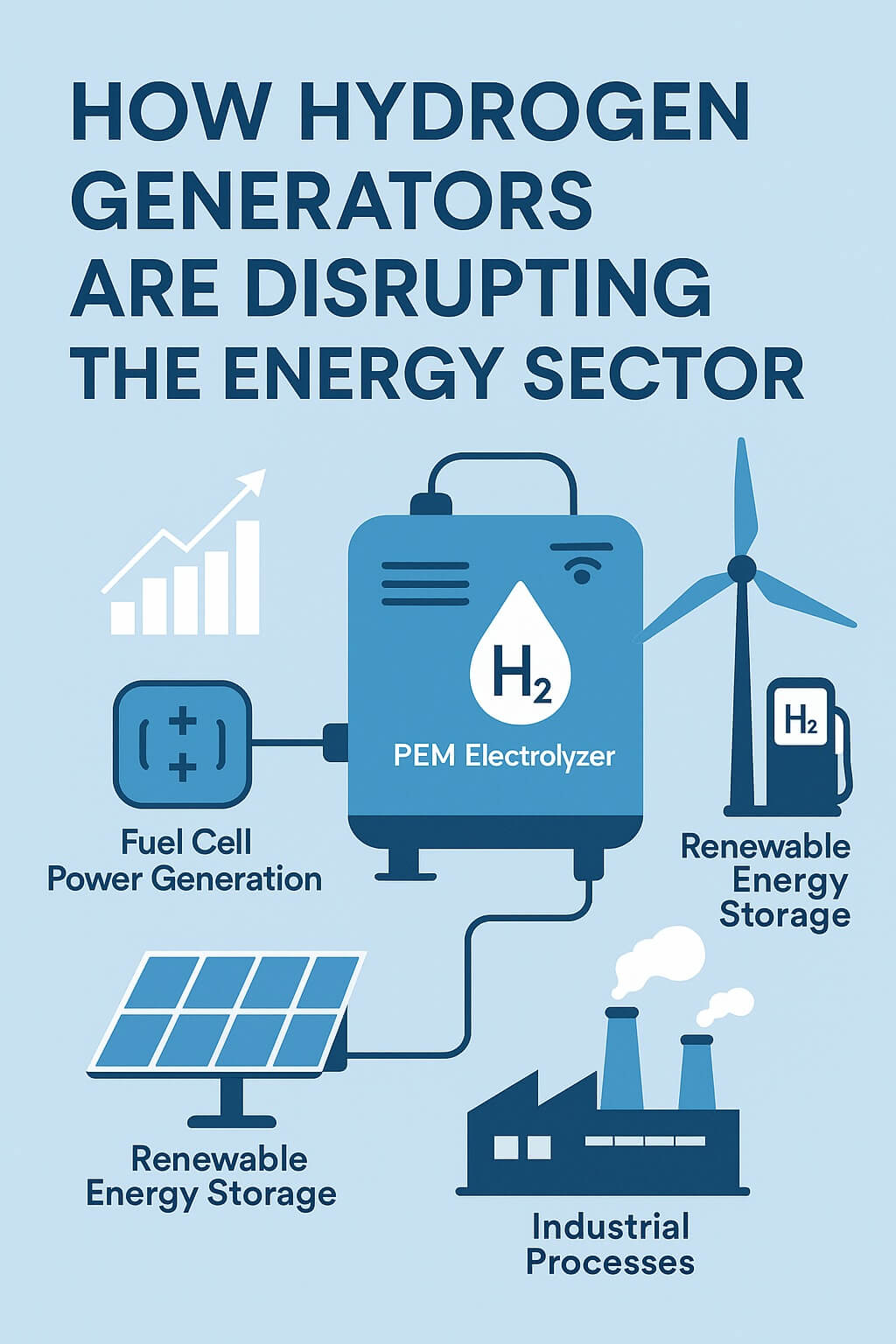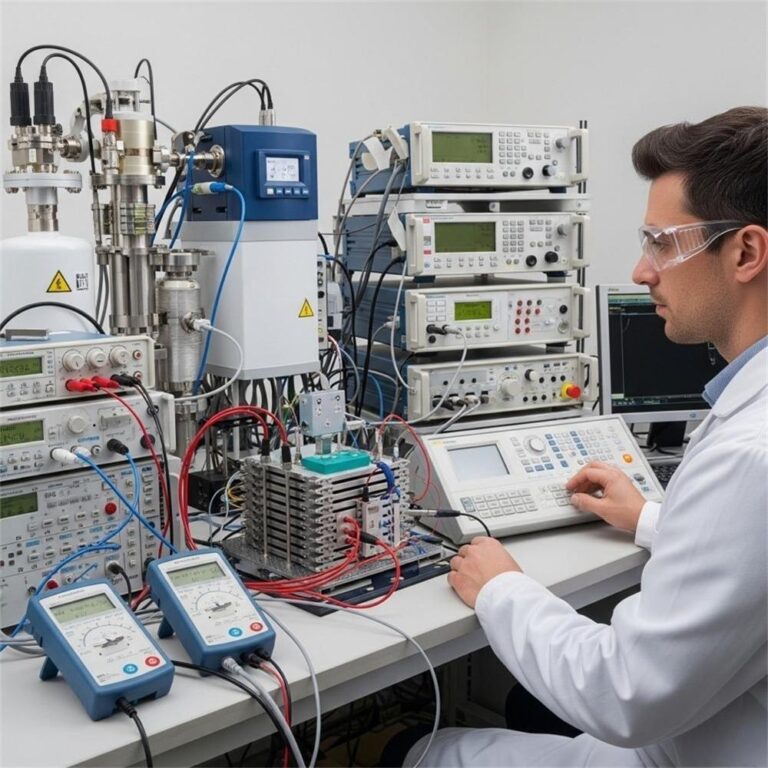1. Introduction: The Rise of On-Site Gas Generation
Hydrogen and oxygen are foundational gases across various industries—from welding and chemical processing to medical research and clean energy innovation. Traditionally, these gases are delivered in high-pressure cylinders or liquid form, creating logistical and safety challenges. However, a new era is emerging where on-site gas generation is becoming the go-to solution for efficiency, cost control, and operational autonomy.
One of the standout technologies in this shift is the 3000ml/min hydrogen oxygen generator machine. Offering a powerful yet compact solution for producing both gases simultaneously, it presents a reliable alternative to outsourcing gas supply. For industries requiring steady, pure, and efficient gas output, this machine becomes more than a convenience—it becomes a cornerstone of streamlined operations.
2. Understanding Hydrogen Oxygen Generator Machines
2.1. What is a Hydrogen Oxygen Generator?
At its core, a hydrogen oxygen generator machine utilizes electrolysis—a process where electricity is applied to water (H₂O), splitting it into its elemental components: hydrogen (H₂) and oxygen (O₂). These gases are then collected separately and used for different applications or sometimes combined, depending on the need.
The machine contains electrodes, electrolyte solutions, and power systems designed to sustain efficient gas separation with minimal waste. With technological advancements, these machines now offer higher gas purity, improved safety, and automated control systems.
2.2. The Significance of 3000ml/min Capacity
The 3000ml/min rating indicates the total output volume of gases produced per minute. Depending on the machine’s configuration, this could be split between hydrogen and oxygen—typically in a 2:1 ratio due to water’s chemical composition.
This capacity is ideal for mid-scale operations requiring consistent gas flow without the high overhead of bulk storage or recurring cylinder replacement.
2.3. Dual Gas Production Systems: Hydrogen and Oxygen
Many operations benefit from simultaneous access to both hydrogen and oxygen. For example:
- In oxy-hydrogen flame applications, both gases are combusted to produce an intense, clean-burning flame.
- In scientific experiments, separate streams of pure hydrogen and oxygen are essential for accuracy.
A dual output system saves time, space, and cost while ensuring both gases are readily available when needed.
3. Applications for Combined Hydrogen and Oxygen Production
3.1. Industrial Applications
Welding and Cutting: Hydrogen and oxygen together form an efficient and high-temperature flame, enhancing cutting precision and welding strength. Compared to acetylene, the oxy-hydrogen flame offers a cleaner burn with fewer contaminants.
Metal Processing: In processes such as annealing and surface hardening, the ability to tailor flame temperature and composition is crucial—something made possible by on-demand dual gas supply.
Semiconductor Manufacturing: These industries require ultra-pure gases. A dedicated generator ensures purity, eliminating the risk of contamination from cylinder impurities or delivery systems.
3.2. Energy Sector
Fuel Cell Research & Development: Hydrogen is a key input for proton exchange membrane (PEM) fuel cells. Reliable access to pure H₂ accelerates R&D timelines and lowers overall costs.
Energy Storage: Hydrogen is emerging as a long-term energy storage medium. Paired with renewable sources like solar or wind, generators can produce and store excess energy as hydrogen, ready for later use.
3.3. Medical and Scientific Applications
Laboratory Research: Whether calibrating instruments or running gas-sensitive experiments, precision is non-negotiable. On-site gas generation ensures exact volumes and purity levels are always maintained.
Medical Research: Some trials involve using hydrogen gas for potential therapeutic benefits, such as anti-inflammatory or neuroprotective effects. On-site systems offer a controlled and reproducible supply.
4. Machine Specifications: Key Considerations for B2B Buyers
4.1. Technical Specifications
| Feature | Description |
|---|---|
| Input Power | Typically 220V–380V, single or three-phase depending on model |
| Water Quality | Deionized or distilled water with low conductivity |
| Gas Purity | Hydrogen: 99.99%, Oxygen: 99.5% or higher |
| Operating Pressure | Adjustable, typically up to 0.4 MPa |
| Safety Systems | Leak detectors, over-pressure shutoffs, emergency stops |
| Dimensions & Weight | Ranges from compact desktop units to larger industrial modules |
4.2. Materials and Construction
- Electrodes are often made of platinum or nickel to ensure longevity and corrosion resistance.
- Housing is constructed from stainless steel or corrosion-resistant polymers.
- Certifications such as CE, ISO 9001, and UL compliance are essential for legal and insurance purposes.
5. Usage Scenarios: Demonstrating Value and ROI
5.1. Case Study 1: Enhanced Welding Efficiency
A mid-sized manufacturing firm implemented a 3000ml/min hydrogen oxygen generator to support their welding operations. Prior to installation, the company relied on bottled gases, which incurred frequent downtime due to supply issues and high rental fees.
Results after 6 months:
- 25% reduction in welding time due to the precise flame control from the oxy-hydrogen mixture.
- 30% cost savings by eliminating cylinder rental and transportation.
- Improved weld quality with fewer defects, leading to less rework.
This real-world example illustrates how the generator not only boosted productivity but also significantly reduced operational costs.
5.2. Case Study 2: Improved Laboratory Research Outcomes
A university chemistry lab required a constant, high-purity source of both hydrogen and oxygen for experiments related to fuel cells and catalytic reactions. The lab faced inconsistencies in gas quality from external suppliers.
Benefits of switching to on-site generation:
- Stable purity levels ensured experiment repeatability.
- Uninterrupted workflow with no dependence on delivery schedules.
- Lower gas procurement costs and simplified safety compliance.
The lab also found that the generator’s compact design saved space while its automated controls reduced human error.
5.3. Case Study 3: Fuel Cell Testing and Validation
A clean energy startup used a 3000ml/min hydrogen oxygen generator for validating various fuel cell prototypes. Relying on bottled hydrogen previously caused unpredictable delays and inflated costs.
Post-installation impact:
- Shorter R&D cycles due to constant, on-demand hydrogen.
- Enhanced cost-effectiveness, with hydrogen costs dropping by nearly 50%.
- Environmental benefits, with the generator powered by solar energy.
This case underlines the machine’s role in accelerating innovation while controlling overhead.
6. Safety Considerations: Protecting Personnel and Equipment
6.1. Safe Operating Procedures
Operating a hydrogen oxygen generator comes with specific responsibilities. Key practices include:
- Proper Ventilation: Generators must be placed in well-ventilated areas to prevent the buildup of hydrogen, which is highly flammable.
- Leak Detection: Systems often come with integrated sensors, but routine manual inspections are also vital.
- Emergency Shutdown Protocols: Operators must be trained to shut down the system quickly in case of anomalies.
By adhering to these procedures, businesses can minimize risks while maximizing operational uptime.
6.2. Handling and Storage
- Hydrogen Safety: Given its flammability, avoid open flames or sparks near the generator. Use spark-proof tools and ensure proper grounding of all equipment.
- Oxygen Safety: As a combustion enhancer, avoid oil or grease near oxygen lines to prevent spontaneous ignition.
- Electrolyte Solutions: These should be stored in cool, dry environments and handled with gloves and goggles.
Clear labeling, restricted access, and regular safety audits enhance protection for both personnel and equipment.
7. Maintenance: Ensuring Long-Term Performance
7.1. Routine Maintenance Tasks
Regular upkeep ensures your generator delivers optimal performance. Key tasks include:
- Electrolyte Level Monitoring: Replenish levels weekly or as specified.
- Electrode Cleaning: Remove mineral deposits to maintain efficiency—usually required monthly.
- Filter Replacement: Every 3–6 months depending on usage to preserve gas purity.
- Leak Testing: Conduct with soapy water or leak detectors weekly.
A maintenance schedule not only prevents unexpected breakdowns but also extends equipment lifespan.
7.2. Troubleshooting Common Issues
Despite robust designs, issues may arise:
- Reduced Gas Output: Often caused by electrode fouling, low water levels, or blocked filters.
- Water Leakage: Typically due to loose fittings or degraded seals.
- Overheating: Could signal airflow problems, electrolyte imbalance, or component failure.
Most problems are easily correctable if detected early, reinforcing the importance of regular inspection routines.
8. Conclusion: Embracing On-Site Hydrogen and Oxygen Generation
In today’s fast-paced industrial and research environments, efficiency, reliability, and safety are paramount. The 3000ml/min hydrogen oxygen generator machine offers a compelling solution for businesses seeking a continuous, clean, and cost-effective gas supply.
From enhancing welding operations and accelerating fuel cell research to improving lab experiments and reducing environmental impact, these machines offer both economic and operational advantages.
Investing in on-site hydrogen and oxygen generation isn’t just a cost-saving measure—it’s a strategic decision that drives innovation and sustainability.
9. Call to Action
Ready to take your gas supply into your own hands?
✅ Contact us for a free consultation to determine if a hydrogen oxygen generator is right for your business. 📄 Download our white paper on the benefits of on-site hydrogen generation. 💬 Request a quote for a 3000ml/min hydrogen oxygen generator and discover how much you could save.
Frequently Asked Questions
Q1. What does 3000ml/min mean in a hydrogen oxygen generator?
It refers to the total gas output per minute. In most machines, this is divided between hydrogen and oxygen in a 2:1 ratio.
Q2. Is it safe to operate a hydrogen oxygen generator indoors?
Yes, if proper ventilation and safety protocols are followed, including leak detection and emergency shutoffs.
Q3. How pure is the gas produced by these machines?
Typically, hydrogen reaches 99.99% purity and oxygen around 99.5%, suitable for most industrial and research applications.
Q4. How often does the system require maintenance?
Basic maintenance is weekly to monthly depending on usage, including checking water levels, cleaning electrodes, and replacing filters.
Q5. Can I use solar power to run this generator?
Yes, many users integrate solar panels for a fully renewable setup, especially in energy R&D and off-grid applications.
Q6. How does this compare with bottled gas in terms of cost?
Long-term, on-site generation significantly reduces costs related to transport, rental, and purity management.

